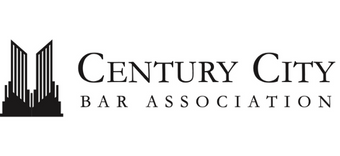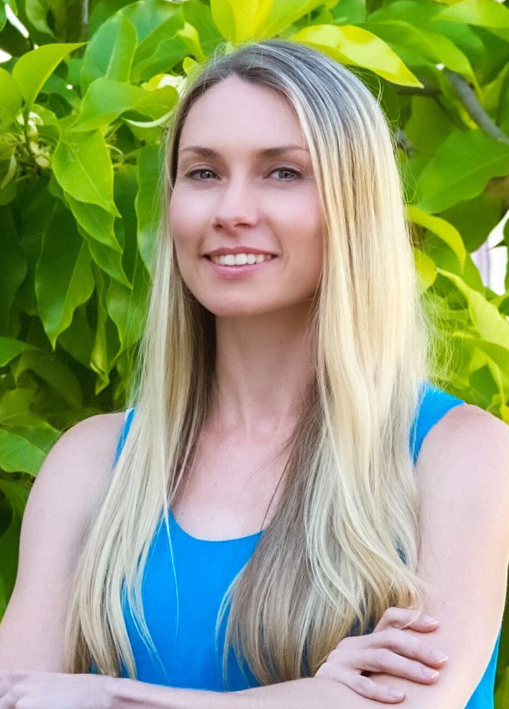Conversations about fairness and equity within the justice system rarely center on the judge who sits at the front of the courtroom. Gavel in hand, these individuals set the rules for how the courts will decide certain cases, yielding vast amounts of power over attorneys, parties, and juries. Yet their unvaried black robes evoke the idea that this power belongs to a system, that justice blindly moves through judges in accordance with the laws of the land and the facts of the case. “But that’s not what all judges are doing,” says Laura Beth Nielsen, a law professor at Northwestern University.
Judges Are People
Judges aren’t computers. California legal teams can’t feed competing arguments into the bench and expect predictable outcomes. Judges are people, filled with their own beliefs and their own experiences, both of which shape how they interpret laws, apply facts, and consider arguments. This observation is just as important as it is obvious. “Judges are given broad discretion,” explains Donald Ricketts, a former civil litigation attorney in Southern California. “[And] if a particular ruling is discretionary, it is unlikely that an appellate court will reverse it.”
In these situations, knowing your judge and their predilections is just as—if not more—important as knowing your case law. The ability to enter the mind of a judge is an extremely useful skill. “If I’m heading to trial, the judge is the person I need to know best, besides my wife—I need to get inside the judge’s head to figure out what will work and what won’t,” one attorney confides to Daniel Lewis, a Vice President of LexisNexis and a former civil litigation attorney.
In the past, attorneys learned about their newly assigned judges through office-wide emails, short pleas begging for any information that might be helpful in the litigation process. As many will attest, such requests are often met with anecdata, anecdotal responses filled with non-actionable sentiments about a judge being “a real stickler for the rules” or “hating when you leave your hands in your pockets during oral arguments.” While this information does inform, it doesn’t provide a lot of decision-making guidance, especially when it comes to formulating litigation strategies.
Curating Actionable Analytics
AI-powered judicial analytics emerged from the frustrations of day-to-day life as an attorney. California attorneys want actionable information about their judge. They want to know how (s)he thinks about different types of cases or causes of action. The absence of this information is frustrating because judges produce a rich stream of data every single day. This data has just been impossible to access, especially for attorneys litigating at the state trial court level. The formats in which the data comes are clunky. The data is not integrated. It’s not standardized.
Each county in each state authors its own protocols for collecting, cataloging, and publishing court documents. Navigating these archives requires targeted searches through multiple websites. Users need to input a docket number or a case number in order to access individual case files. All of these complexities have trapped state trial court data within the confines of courthouse walls, rendering it virtually impossible to browse the archives in search of unknown cases.
Luckily, legal tech platforms have found ways to manage these challenges at the state trial court level. Users can now take deep dives into state trial court records. Trellis Research and Premonition, for example, both use artificial intelligence to mine state court records, aggregating data in ways that allow users to ‘Google’ search through the state trial court records held by multiple counties. Gone are the days when users needed docket numbers and case numbers to browse through the archives.
Once made available in a single place, the uses of this data are endless. Some California litigators prefer a qualitative approach, performing close readings of the tentative rulings filed with the courts, collecting examples of the types of arguments that resonate with particular judges. From this, we have already learned that certain judges “[accord] themselves to patterns, like focusing on the third factor in a four-factor test.” Other judges tend to reuse the same language over and over again. This kind of information removes some of the mystique around a judge’s decision-making process, which allows attorneys to tailor their arguments to the priorities of their specific judge. It can also be combined with sentiment analysis techniques, which can indicate how unfavorably your judge is likely to be to your client’s position. All of this information is crucial in making a timely decision on whether or not you should bring a peremptory challenge.
Undercutting Anecdotal Data
Other California legal teams prefer a more quantitative approach. Is this judge more defense-friendly in employment actions? How often does that judge issue sanctions? How long do his cases remain active? After millions of docket events have been collected and standardized, the answers to these questions can easily be extracted from a comprehensive database.
This type of judicial analytics undercuts the problem of anecdotal evidence. Instead of relying on a single observation, users can now have access to hundreds of thousands of equivalent observations. With a large enough dataset, these users can identify the trends that hide behind the exceptions and the outliers. The conversation moves from a series of stories about individual judges to a list of their tendencies, the patterns they tend to follow.
Huong Nguyen, senior director of intellectual property at Impax Laboratories, uses judicial analytics to capitalize on the timing of legal proceedings. As a pharmaceutical company tasked with bringing generic drugs to market, Nguyen knows that timing is crucial. The process is highly structured and litigious, with each step requiring adherence to a specific timeline. “Knowing the history of a judge, especially how fast cases move through his or her court, can be critical,” says Nguyen. James Yoon, a partner at Wilson Sonsini Goodrich & Rosati in Palo Alto, echoes these sentiments. Yoon uses the graphs generated through judicial analytics to quickly model the litigation budget for a new case. “I know for any given judge or court the amount of time to Markman, to trial, to termination, and I use this information to provide accurate budgets for my client.”
An Era of Transparency
One of the underlying goals of judicial analytics is to bring transparency to an aspect of the legal system that has been shrouded in secrecy. At first glance, this feels unnecessary. The legal system, after all, prides itself on fairness, a value made possible by a commitment to make all court records publicly available. These court records are detailed documents. Judges spend multiple pages outlining the manner in which they arrived at their decisions. The problem, however, is that these documents have been virtually impossible to locate, access, and utilize. This is especially at the state trial court level, where judges typically have a significant amount of discretionary power. Things are different now. Civil litigators are scouring these documents in new ways, bringing to light the ways in which the administration of justice is more than a game of plugging the facts of a case into legal precedents. Judges make decisions. The best California attorneys know how those decisions get made.
By Nicole Clark
CEO and co-founder of Trellis Research
Business litigation and labor and employment attorney
Trellis is an AI-powered legal research and analytics platform that gives state court litigators a
competitive advantage by making trial court rulings searchable, and providing insights into the
patterns and tendencies of your opposing counsel, and your state court judges.
Reader Perk: Trellis is providing Century City Bar Association members with complimentary 14-day access to its platform. Click here to start your free trial today.




